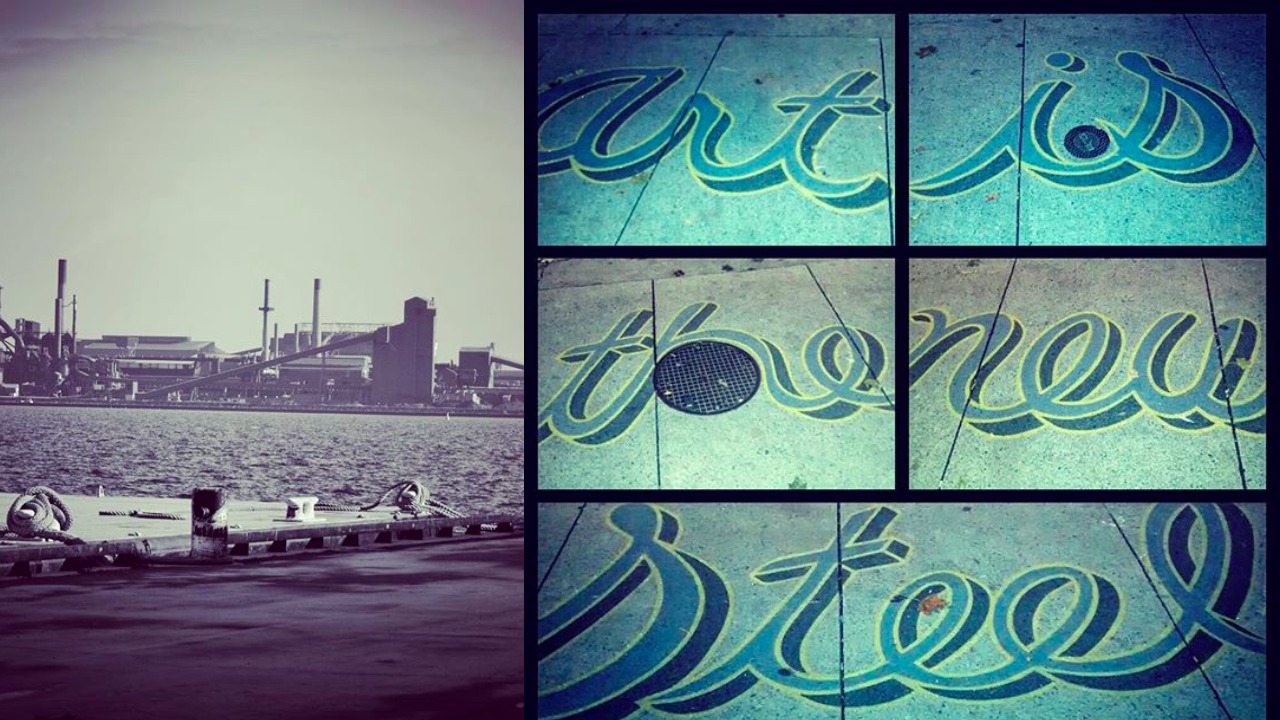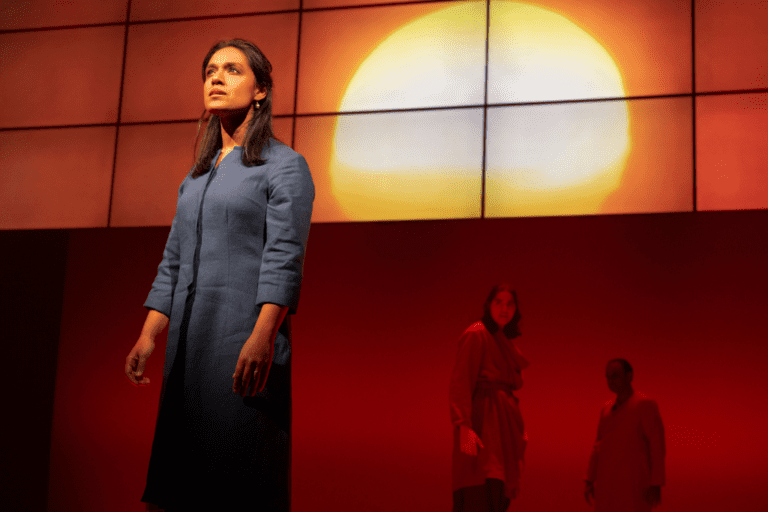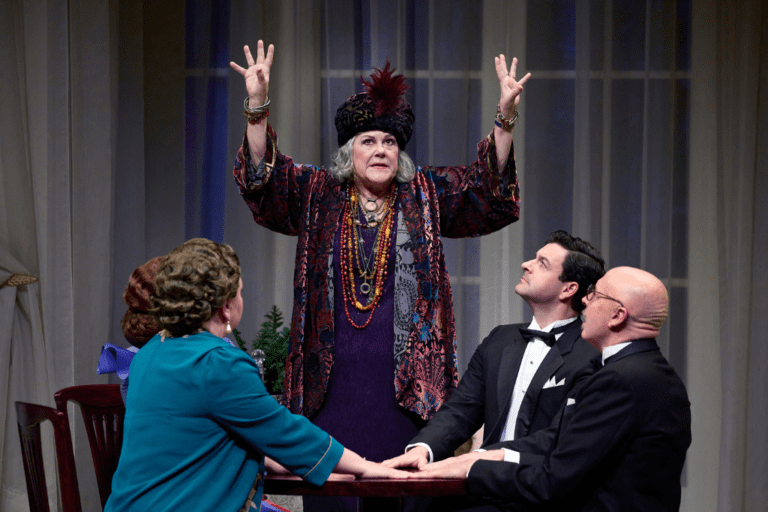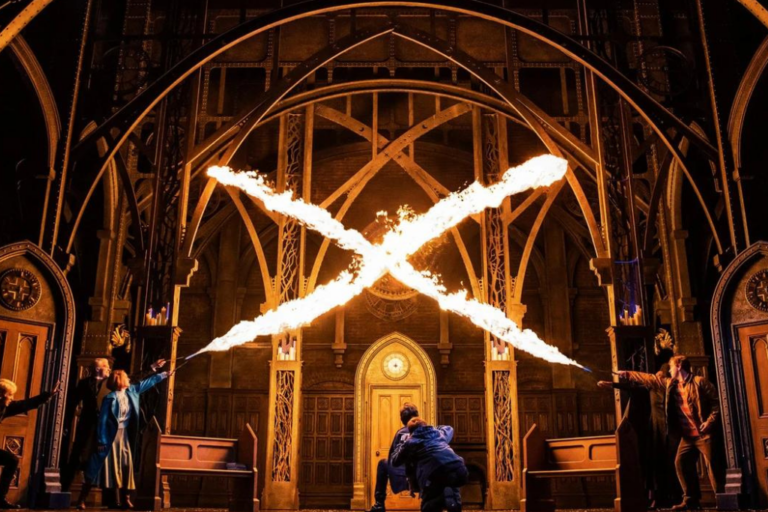The Rise of Hamilton (the City, not the Musical)
I asked my Facebook friends from Hamilton to give me one word that, to them, best describes the city I also call home. I got back:
Misunderstood. Vivacious. Unapologetic. Approachable. Unpretentious. Hungry. Proud. Home.
My Toronto friends aren’t as enthusiastic. I’ve heard them use words like pollution, boring, armpit, and cesspool (ouch!). We’ve had exchanges like this:
“Hey Toronto friend! Wanna come see my show in Hamilton?”
“I mean, maybe, I dunno.”
“It’ll be fun, I’ll show you around. What? What’s that face?”
“I mean, it’s just… it’s… Hamilton.”
“Yeah? And?”
“And… Hamilton’s… Hamilton.”
I get where they’re coming from; the buzz about my hometown hasn’t exactly been glowing in recent years. But Hamilton is going through a renaissance. We’re not “Steel Town” anymore. This little big city is a forty-five-minute drive down the 403 from Toronto; take that car another ten minutes off the highway and up James Street North, and a loud phrase painted across a stretch of sidewalk says it all: “Art is the new steel.”
Not too long ago, though, this wasn’t the case.
Back in 2012, I did what most theatre artists my age were doing: I left the city to train at a Toronto conservatory, planning to never return. “Fuck you, Hamilton!” I thought with my eighteen-year-old petulance. “I’m going to Toronto and I’m staying where the work is!” After all, what was Hamilton? A couple of community theatres, a single regional house, an unstable track record of indie programming, a wishy-washy cultural identity, and smog. What was there for me?
Then, from my cozy Toronto residence at theatre school, I noticed the shifts begin to happen back home.
Theatre creation and development initiatives that had never existed before began popping up. The Hamilton Fringe Festival, an annual theatre staple of the city that had nonetheless struggled for an audience in the past, found a new leader in 2013 with Claire Calnan, one of the many professional artists who made the move to Hamilton in search of something different. With the Fringe creating a more widespread presence for our theatre culture in general, audiences suddenly began to climb at a rapid rate. Artists started staying in the city rather than running away to find work.
So I did what I never thought I’d do: I moved back to Hamilton after graduation to pursue my career at home and dedicate myself to helping Hamilton’s theatre scene grow.
Other young artists, like my friend Rose Hopkins, had similar intent. Rose graduated from the University of Windsor with a BFA in Acting and immediately jumped back into the theatre scene in Hamilton to flex her muscles as a creative producer and artistic director of her indie company Mooncalf Theatre.
“Hamilton is home,” she says. “I grew up here and it’s been so exciting rediscovering the city during its ‘revitalization.’ Now, it seems like most of the artists and audiences in Hamilton have a common goal: to see the arts in this city thrive. Everyone is pretty open to helping each other get there.”

Audience waiting for a show at Frost Bites. Photo by Dave Pijuan-Nomura
Rose is playing a big part in this resurgence. As part of the Hamilton Fringe’s inaugural ALERT Program (think SummerWorks’ SLIP), she was one of the numerous young artists who not only got hands-on training in creative producing and theatre creation, but also helped launch Frost Bites, a curated site-specific sister festival to the Fringe that invigorates a site of cultural importance with interdisciplinary performance and installation art (side note: the inaugural festival was kick. ass.).
Events like Frost Bites and the gradual programming of indie theatre during the non-Fringe year are also beginning to do something notable and so, so important: they’re starting to bring newer, younger, more diverse audiences into the theatre. As these audiences grow, the opportunities for artists to create new work and get their voices heard are going to grow too. Artists with professional interests are setting up shop and working their asses off to build this city’s theatre culture into something special, something singular, something that reflects Hamilton’s hardworking, gritty, blue-collar, scrappy spirit.
But the engagement of newer and more diverse audiences in Hamilton is far from a given and far from a solved problem. Most theatre in the city still caters pretty much exclusively to the older and whiter among us. If, say, a young queer woman of colour on a student’s budget doesn’t see anything of interest in a local theatre company’s season, there’s really no reason for her to engage. But artists here are so aware of this and so ready to fight for a change. Take, for example, Marilo Nunez, a Latina playwright and the interim executive director for the Hamilton Fringe while Claire Calnan is on maternity leave. After moving to Hamilton from Toronto with her family in a time of financial difficulty (hey, we have cheaper real estate), she took notice of the promising but complicated state of the city’s theatre scene.
Misunderstood. Vivacious. Unapologetic. Approachable. Unpretentious. Hungry. Proud. Home.
“The Hamilton theatre community is very young,” she says. “It still doesn’t know what it is or what it wants to be. I think it can be an amazing thing, but it needs time to figure itself out.”
Marilo also looks at the theatre scene’s general lack of diversity. The representation of non-white artists, onstage and in leadership roles, is currently pretty minimal. Marilo will be directing her own translation of La Reunion by Trinidad Gonzalez as part of Theatre Aquarius’ Studio Series next season, but this kind of diverse work is still a rarity here.
“Hamilton theatre is also very entrenched in an old-school, dead-white-men mentality. Shakespeare and the like. There is an edginess and a rawness in Hamilton that is not being explored.”
She’s totally right, too. For all the ferocious potential Hamilton has, it is still in the young stages of navigating its identity. And for artists of colour, queer artists, genderqueer artists, and disabled artists, the opportunities to develop are few and far between. Not to mention that Hamilton does not have its own theatre school. To get proper conservatory training, you have to leave the city. When you leave the city, especially to go to Toronto where the theatre scene is thriving, you’re less likely to return.
In another community, all of this might sound pretty hopeless. But Hamilton’s got some fight in it. When friends describe the city as hungry, vivacious, and scrappy, they don’t do it lightly: the people who live here are proud of their home. The fact that this city is finally being recognized as fertile ground for arts and culture development means that artists here are starting to take the theatre community seriously. Besides the programming of new indie work, our few institutions are creating new outreach initiatives, like the Theatre Aquarius GYM, which offers drop-in crash courses in producing, playwriting, acting technique, and more.

2016 Hamilton Fringe Awards Party. Photo by Dave Pijuan-Nomura
Initiatives like GYM offer training opportunities to the artists here who didn’t get to train in a conservatory, and they’ve also helped unify the community. This sense of community is the reason I met Stephen Near, a playwright and arts administrator who I now call my dramaturg, mentor, and friend. Stephen himself used to be a Toronto artist, but he moved to Hamilton and now produces original work with his indie company Same Boat Theatre. He and I are both also members of the Playwrights Unit at Theatre Aquarius, which happens to be the only professional theatre in our city.
Stephen recognizes that this isn’t near enough, and that the city needs a mid-sized professional venue like a Tarragon or a Passe Muraille. “One that has a dedicated mission to developing Canadian plays and playwrights, has a robust outreach and development department for working with local and regional creators, and has the capacity for several playwrights-in-residence to create work in-house.”
Stuff like this is a long time coming. But it’s coming. Prolific creators like Anna Chatterton and Sky Gilbert now live and work here. Outside artists have their eyes on our goings-on. Visual artists, musicians, and theatre-makers have landed here and are invigorating the streets. Indie artists are also taking the initiative to get things going; my own company, Broken Soil Theatre, will be hosting its inaugural Playwrights Unit in 2017, specifically to give space for the city’s unfamiliar and underrepresented emerging voices to develop their work and tell Hamilton’s untold stories. That’s just the tip of the iceberg.
It’s true that Hamilton is not nearly as developed as Toronto. But Hamilton is also not Toronto. Hamilton is its own unique force of nature. It may be a little messy (in some ways), a little ugly (in some places), a little sad (sometimes), but it’s also brimming with promise, vitality, hunger, and power. We know what we are. We know what we want to be. We’re figuring out what it takes to get there. A lot of Toronto residents may look down on this city, but many of them haven’t yet given it the chance to prove itself. A single visit here makes it obvious: we are not the city we were even five years ago.
My Toronto friends are right about one thing, though. Hamilton IS Hamilton.
And nothing else is.











Comments